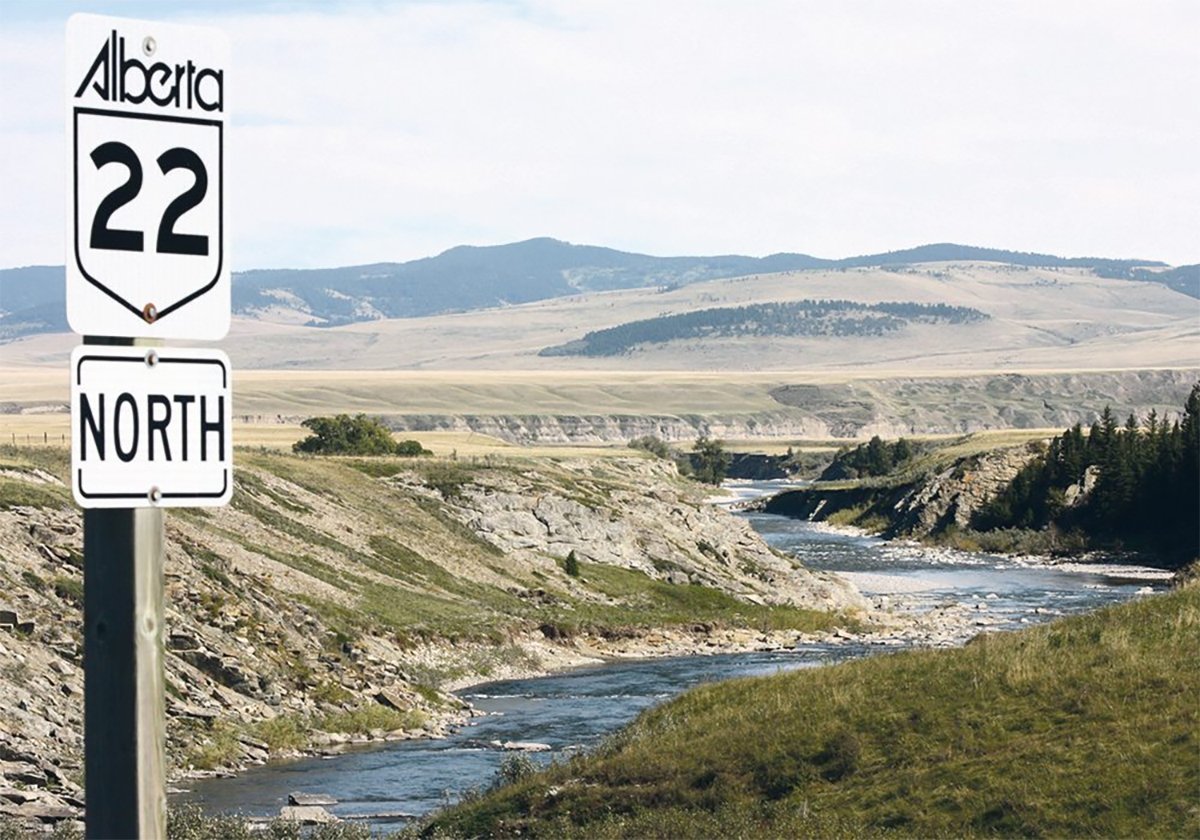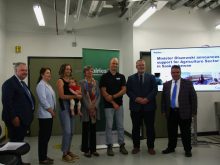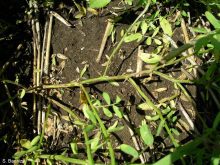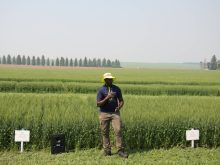Prairie wetlands provide a whack of environmental benefits.
They reduce the risk of flooding, help purify water, store carbon and are a critical habitat for ducks.
On the downside, they emit methane, a powerful greenhouse gas.
But research from Ducks Unlimited Canada suggests that wetlands in Western Canada produce less methane than wetlands in warmer climates like Missouri.
“Wetlands in cold regions of Canada, that are frozen for six months of the year, operate much differently than wetlands in the U.S. Midwest,” said Pascal Badiou, lead project scientist for the DUC Institute for Wetland and Waterfowl Research.
Read Also

New coal mine proposal met with old concerns
A smaller version of the previously rejected Grassy Mountain coal mine project in Crowsnest Pass is back on the table, and the Livingstone Landowners Group continues to voice concerns about the environmental risks.
Since 2022, Badiou and other scientists have been monitoring GHG emissions from wetlands in farmland near Riding Mountain National Park in Manitoba. They erected towers equipped with sensors, called flux towers, that gather information year round, 24 hours per day.
“The core piece of those systems are the gas sensors that are taking measurements … 20 to 40 times a second, looking at changes in methane and CO2 emissions,” Badiou said. “We get 24 calculations per day that indicate the amount of methane emissions or the CO2 uptake.”
The data shows, so far, that Prairie wetlands emit the most methane in summer months, but less in spring, fall and winter.
The data suggests that wetlands in the Prairie pothole region, which stretches across the northern plains and into Manitoba, Saskatchewan and Alberta, may emit significantly less methane than previously thought.
That’s significant because the Intergovernmental Panel on Climate Change (IPCC) may have overestimated the amount of methane coming from wetlands in northern climates.
“A lot of the default emission factors used by the IPCC, are (from) measurements done in warmer climates,” Badiou said.
“What we’re measuring at these sites, using the flux towers, is significantly lower than the recommended default emission factors for freshwater, mineral wetlands.”
Globally, wetlands are a huge source of methane released into the atmosphere. Bacteria in the wetlands feed on organic material, like decomposing plants, and release methane as a waste product.
“Today, half the methane in the atmosphere comes from people, while the remaining half is from natural sources like swamps, bogs, marshes and wetlands,” says the U.S. Geological Service website.
Other estimates say the contribution from wetlands and bogs is lower, but it’s still a lot. Those estimates are typically based on models, which can be wrong. Scientific assumptions can also be wrong.
Many scientists, some from warmer climates, have assumed that Prairie wetlands release a large pulse of methane in the spring following the snowmelt.
Data from the flux towers in Manitoba tells a different story. Methane emissions are low in spring because sloughs are cold or frozen.
“You can go to a Prairie wetland in the middle of May … and the bottom of the pond is still like a skating rink,” Badiou said. “Those sediments are a frozen block of ice so there is zero biological activity.”
Instead, the peak release of methane occurs in July and August, when temperatures are warmer and the population of microbes in a wetland will explode.
A number of groups, including the Beef Cattle Research Council, the Canadian Agriculture Partnership, Ducks Unlimited Canada and the Manitoba Forage & Grassland Association (MFGA), are funding research on emissions from wetlands.
It’s already known that wetlands are important for carbon storage, because waterlogged soils accumulate organic matter and keep carbon out of the atmosphere.
But flux tower data that shows less methane from wetlands on the Prairies could be a key part of the story.
Having data is critical to prove that farmland and natural landscapes are beneficial for the planet.
“The preservation of grasslands and wetlands by beef and forage producers represents a major environmental service associated with the livestock industry,” said Lawrence Knockaert, MFGA chair, in 2022.
“Accounting for the ecosystem services from these systems will be important … to increase public knowledge of the role the beef and forage industry play in maintaining natural landscapes.”
Badiou and his collaborators have been analyzing data from the flux towers and are working on a manuscript. They hope to publish a scientific report on their findings in 2024.


















